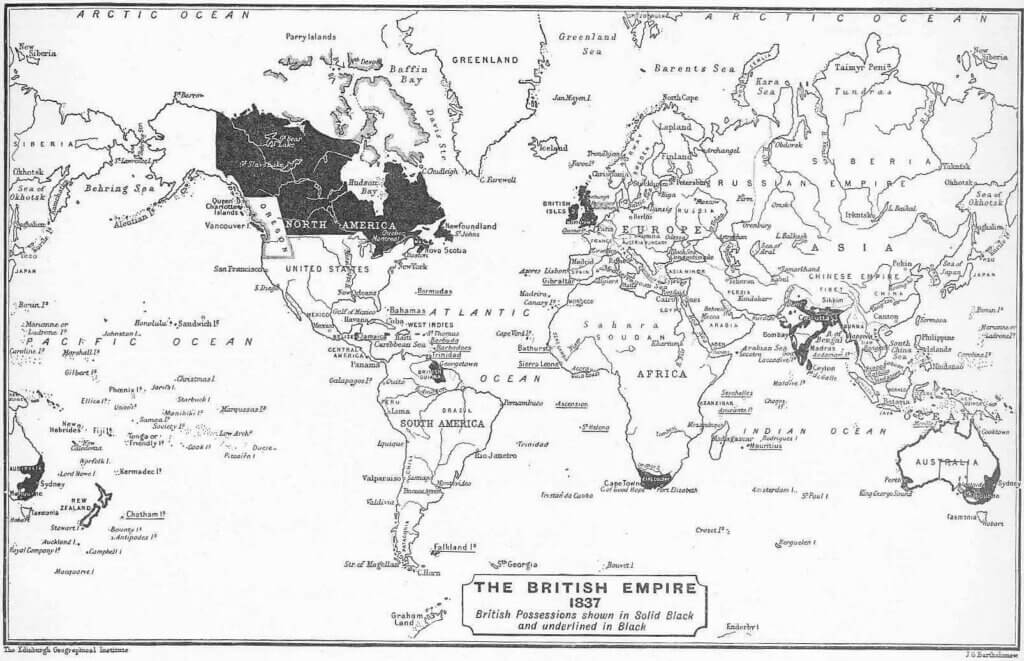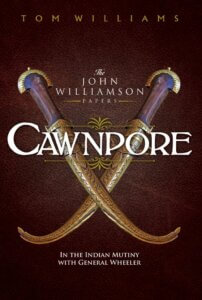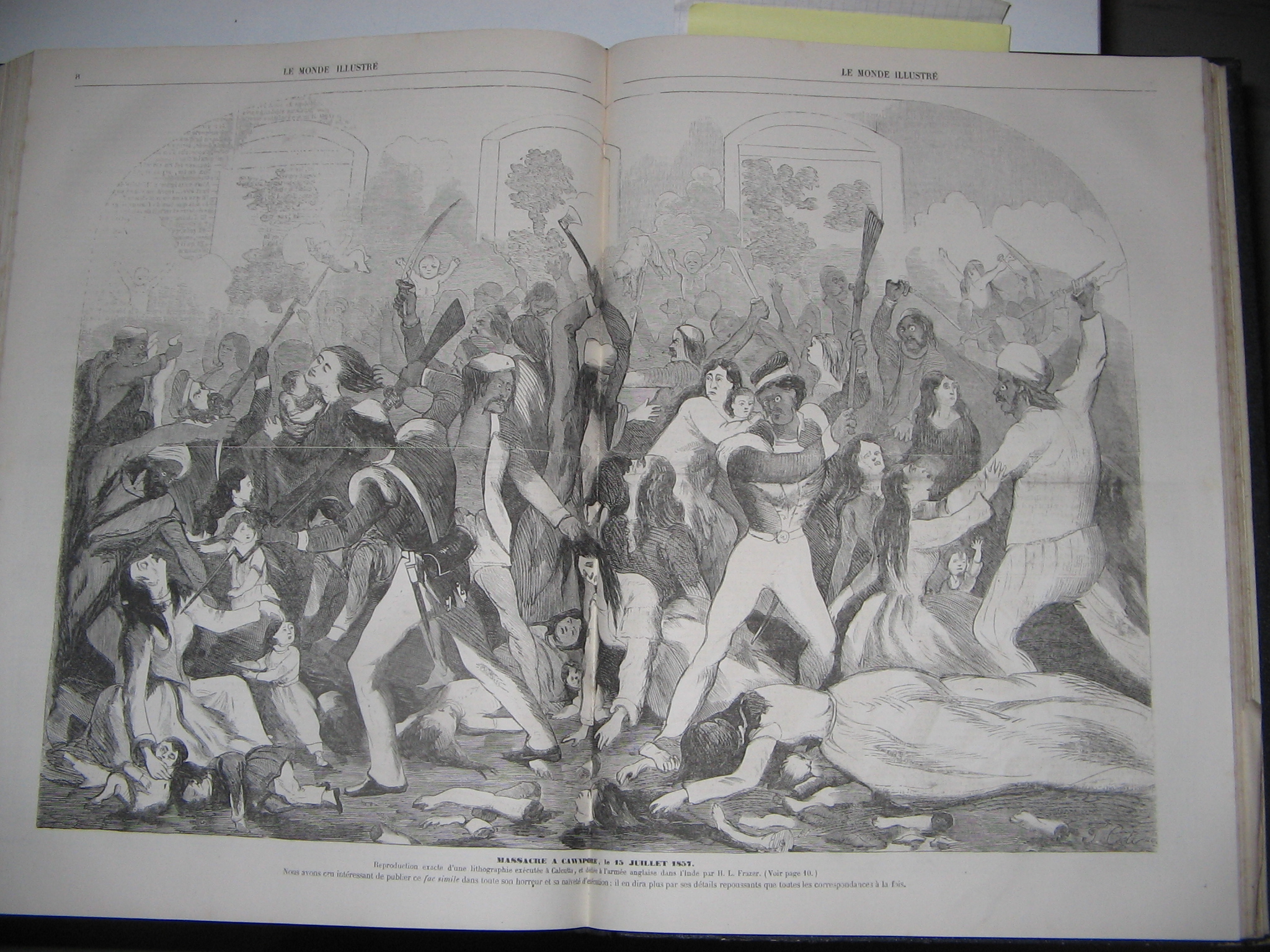There has been a lot of talk lately about how people in Britain don’t know anything about the history of the British Empire. The ‘Empire Project’, people say, should be looked at afresh. The British should face up to the reality of the things that the country did in the past.

The problem is that it’s an uncomfortable thing to do. Partly because from a 21st century liberal perspective much of the Empire Project was morally objectionable, but also because it means questioning some of the same 21st century liberal thinking about heroes of the liberation struggle.
My book, Cawnpore, was first published in 2011, long before the recent resurgence of interest in Empire. It’s set in 1857 and we are immediately mired in controversy.

I refer to the events of 1857 as the Indian Mutiny because my ‘Empire’ stories are written in the first person and that’s what people called the fighting in India then. (For the same reason, I write about Cawnpore rather than call it by its modern name of Kanpur.) Indians tend to refer to the same conflict as the First Indian War of Independence. The Indian name is slightly more accurate but both are misleading. It was definitely not a mutiny, but nor was it a war of Indians vs Europeans. In today’s terminology, it was probably best described as an insurgency.
If there is controversy about the name of the place the book is set and what to call the events at the heart of the story, that’s nothing to the differences in the way that the people in the story are viewed. (Except for my fictional narrator, almost everybody in the book is a real person.)
The story of Cawnpore, whoever tells it, is a tragedy. British forces, surrendering after a long siege, were massacred. The Indian commanders attempted to save many of the women and children who had been trapped in the siege. Later, though, all the women and children were massacred in their turn.

It was, by any standards, utterly appalling. It was used by the British to justify reprisals all across India, with the mass murder of men, most of whom were nowhere near Cawnpore and many of whom were not involved in any rebellion.

The Memorial Well on the site of the massacre, photographed in 1860
Both Indians and Europeans have much to be ashamed off. Yet until late in the 20th century, Cawnpore was taught in British history books as a story of native savagery. There was little discussion of why British troops were in India in the first place and nothing about the horrific reprisals against civilians. Now the pendulum has swung. The memorial on the site of the massacre has been removed and the park where it was has been renamed after the man responsible for the killings, Nana Sahib. He has been hailed as a hero of the liberation struggle. His image has even appeared on postage stamps.

The trouble with discussions of the rights and (multiple) wrongs of the Empire Project is that the issues are seldom as ethically clear-cut as modern commentators would like and the details of particular events have often been lost or lack context. In many ways, works of fiction can raise these issues more easily than history books. In my case, Cawnpore describes the events of 1857 as seen by a European who was there but who was horrified by the actions of both sides. The reader sees things as my fictional narrator saw them and then has to draw their own conclusions as to where their sympathies lie.

The conflict had its origins in a military mutiny which in turn gave rise to localized revolts that were contained in northern and in part, central India.
Which Indian commanders tried to save the women and children of Kanpur?
In despatches of the day there was plenty of discussion about British reprisals: Cooper was savaged in parliament for his behavior in the Punjab, Eyre condemned for blowing up a temple, Neill was smacked for his draconian measures, it goes on and on. We forget there was more than just the Kanpur. There was Jhansi, Hissar, Sitapur, Meerut, Delhi, Sirsa, Shajahanpur, Mohamdi, Fatehgarh, among others, where civilians, women and children were killed. If one is to look at history objectively, we cannot just choose our narrative. It has to be explored from all sides.